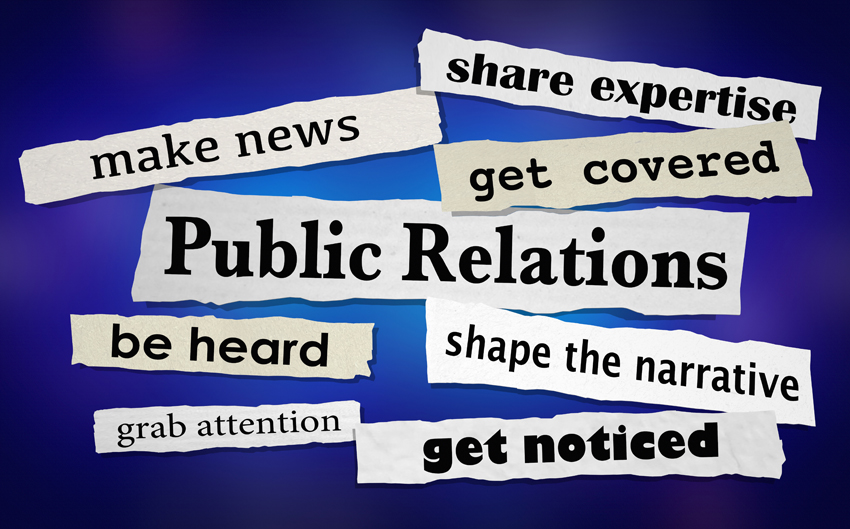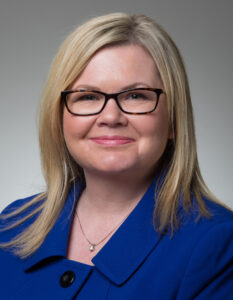Public Relations: What lawyers and marketers often don’t understand about PR
Public Relations: What lawyers and marketers often don’t understand about PR
By Ellen Keiley
After decades of working with law firms and professional services organizations, I’ve come to realize that many people – even highly experienced lawyers and marketing professionals – don’t fully understand what public relations is or what a PR professional actually does.
More than once, a client has introduced me to a colleague as someone who could help provide a quote for a reporter – and the attorneys who were given the opportunity did not comprehend what that meant. Some even thought I was the journalist reaching out to interview them. Others assumed my role was simply to write content or manage social media. While those are valuable components of a broader marketing strategy, they are not the same as public relations.
So, let’s define what PR – specifically media relations – is, including the role of proactive, positive media coverage, and why understanding it is essential for anyone hoping to raise their profile or build visibility in a meaningful way.
Meaningful relationships
Public relations, at its core, is about shaping public perception through strategic communications. When people think of PR, they often imagine crisis management or flashy press events. In reality, one of the most powerful aspects of PR is media relations – securing meaningful press coverage by positioning individuals or firms as subject matter experts in reputable publications and other media such as radio or television.
This work involves far more than simply “getting someone quoted.” It’s a strategic process that includes identifying what’s truly newsworthy, building relationships with journalists, understanding editorial priorities, and ensuring that the messaging aligns with a client’s brand, reputation, and goals.
PR is not advertising. We don’t pay for placement. It’s earned media – and that makes it both more challenging and more credible than purchased time. Being featured in respected media outlets as a go-to expert builds credibility, enhances visibility, and signals to clients and peers alike that you are a trusted authority in your field. Unlike paid content, earned media carries third-party validation, which is far more powerful in the eyes of the public.
Proactive media coverage focuses on positioning individuals or firms as experts and thought leaders before there’s a crisis – unlike reactive PR, which often involves damage control or responding to negative press. In fact, a strong foundation of positive media coverage can help push down or offset negative press in search results and reinforce a firm’s credibility during challenging times.
Why misunderstandings persist
One reason PR is often misunderstood is that it exists in a gray area between marketing, journalism, and communications. Some internal marketing professionals see outside PR consultants as a threat, rather than as complementary support. Others, including external marketing consultants, don’t always understand the nuanced skill set required to secure high-quality media placements. They may assume that PR is just another form of promotion or content writing.
But media relations is a specialized discipline. It requires knowing what editors look for, anticipating how a reporter might shape a story, and making sure your client or spokesperson adds real value – not just a sales pitch.
When done well, PR can also provide excellent material for internal marketing teams through articles, media mentions, and expert commentary that can be shared across newsletters, social media, and websites. This gives content deeper credibility and reach.
What’s newsworthy – and what’s not
Many lawyers (and marketers) don’t fully understand how the news cycle works. Not every idea or firm update is a news story. Reporters are on deadline, trying to cover topics that matter to readers. They want expertise, insights, and real-world relevance.
Even when a pitch is newsworthy, there are no guarantees of coverage. A quote might be cut at the last minute due to space. A great story might get bumped for breaking news. Timing, editorial focus, and availability of reporters all play roles in whether a pitch results in coverage.
That’s why managing expectations is such a critical part of the PR process. It’s not about making promises. It’s about knowing how to navigate a highly competitive and ever-shifting media landscape.
The delicate dance of media relations
Media relations is as much about relationships and timing as it is about substance. A well-crafted pitch doesn’t just talk about a firm’s accomplishments; it connects those accomplishments to broader trends or timely issues. PR professionals act as translators between clients and journalists, ensuring that both sides get what they need without compromising integrity or credibility.
For example, I might pitch a lawyer as a source on a developing legal issue – say, artificial intelligence regulations or civil rights cases. I need to understand both the legal nuances and what makes the story resonate for a general audience. I also may need to prep the attorney, depending on their level of experience and comfort level with the media.
When the process works, the results can be transformative: One well-placed quote in a national outlet can drive new business, attract talent, and elevate an attorney’s reputation in ways that no ad ever could.
A powerful ally
If you’re a lawyer or a marketing professional working with outside PR help, I encourage you to learn what PR is – and what it isn’t. When done right, PR isn’t just about visibility; it’s about credibility, positioning, and long-term brand value.
Rather than viewing PR as a mysterious black box – or worse, a threat – see it as a powerful ally in your communications strategy.
Ellen M. Keiley, CPC is president of EMK Consulting Group, LLC, which offers public relations, business development coaching, and marketing services for law firms and other professional services firms. She can be contacted at [email protected].
Share this story, choose a platform
Brought to you by BridgeTower Media
Free Weekly Newsletter
Recommended content
Cybersecurity: As firms employ automation, cybersecurity is a strategic imperative
Cybersecurity: As firms employ automation, cybersecurity is a strategic imperative By Carl Mazzanti I often encounter a dangerous misconception among [...]
A law firm’s year-end financial review checklist
Even if you can’t tell a KPI from an IRA, following these three financial tips will help you avoid trouble. [...]
Where your leads are coming from (may not be where you think)
If prospective clients simply say they found your firm through “Google,” chances are it doesn’t tell the whole story. Read [...]
The non-linear path in a fulfilling legal career
“Status quo bias” – the tendency to stay on traditional, but unfulfilling, career paths – holds a powerful sway over [...]







